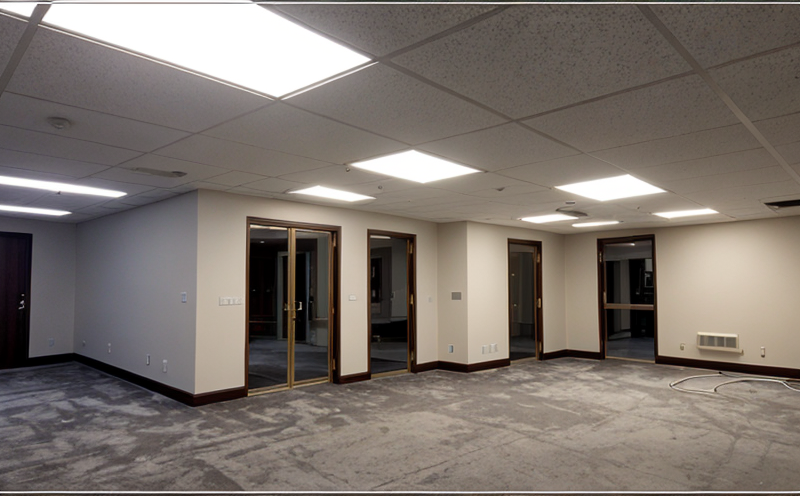IEC 60929 Electrical Performance Testing of Decorative Fluorescent Ballasts
The IEC 60929 standard is a critical benchmark for assessing the electrical performance of decorative fluorescent ballasts. This service ensures that ballasts meet stringent requirements regarding efficiency, reliability, and safety. The testing process involves evaluating various parameters such as power factor correction (PFC), lamp starting time, and harmonic distortion levels to ensure compliance with international standards.
Decorative fluorescent ballasts are used in a wide range of applications including commercial interiors, retail environments, and residential settings where aesthetic appeal is paramount. Ensuring these ballasts meet the stringent requirements set forth by IEC 60929 not only enhances safety but also contributes to energy efficiency and environmental sustainability.
The testing process typically begins with a detailed review of the product specifications provided by the manufacturer. This includes understanding the intended use, operating conditions, and any specific regulatory requirements that apply. Once this information is gathered, specimens are prepared according to predefined procedures outlined in IEC 60929. Specimen preparation involves ensuring the ballasts operate under controlled environmental conditions prior to testing.
The actual testing process comprises several key steps:
- Power factor correction evaluation
- Lamp starting time measurement
- Harmful harmonic distortion analysis
- Thermal stability checks
- Voltage and current waveform assessments
Each step is meticulously documented to provide comprehensive reporting. The data collected during testing is compared against the specified limits outlined in IEC 60929, ensuring compliance with all relevant standards.
The importance of this test cannot be overstated. It ensures that decorative fluorescent ballasts function reliably under expected operating conditions while minimizing potential hazards. Compliance with IEC 60929 helps manufacturers meet regulatory requirements and build trust among consumers who value quality and safety in their lighting solutions.
Why It Matters
The results of the IEC 60929 testing are crucial for several reasons:
- It ensures compliance with international standards, thereby enhancing market access and reducing legal risks.
- It promotes energy efficiency by identifying inefficient ballasts early in the manufacturing process.
- It improves product safety by detecting potential hazards that could lead to accidents or fires.
- It supports sustainable practices through the identification of environmentally friendly design choices.
In today's competitive market, compliance with these standards is not just a legal requirement but also an opportunity to differentiate products based on reliability and safety. By undergoing this testing, manufacturers can ensure their products meet or exceed industry expectations, fostering confidence among end-users.
Applied Standards
| Standard | Description |
|---|---|
| IEC 60929:2014 | Emission and harmonic characteristics of fluorescent lamps, ballasts and similar equipment. |
| IEC 61547-3-2:2018 | Electrical compatibility of electric appliances - Part 3-2: Lamp-ballast combinations with additional requirements for lamp-ballast combinations used in decorative fluorescent lamps. |
The application of these standards ensures that the tested ballasts meet the necessary criteria for safe and efficient operation. Compliance with IEC 60929 helps manufacturers stay ahead of regulatory changes and maintain a competitive edge in the global market.
Why Choose This Test
- Comprehensive evaluation of electrical performance against international standards.
- Prompt identification of potential issues preventing compliance with IEC 60929 requirements.
- Support for sustainable design practices and energy-efficient solutions.
- Affordable cost-effective solution that ensures long-term reliability and safety.
This testing service is particularly valuable for manufacturers looking to enhance the quality and marketability of their decorative fluorescent ballasts. By choosing this test, they can ensure that their products are not only reliable but also safe and compliant with the latest standards.





